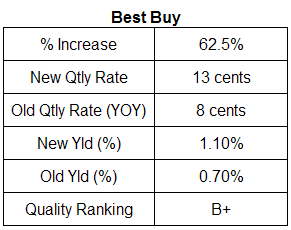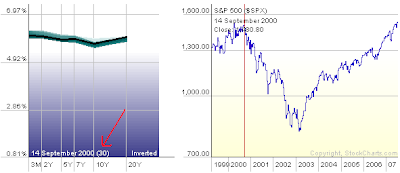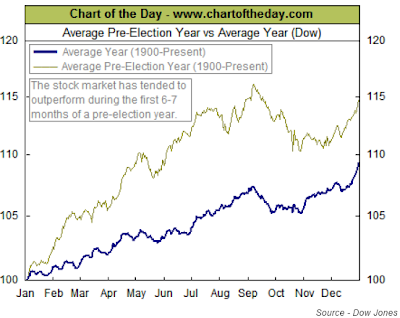It is not an uncommon occurrence that ones investment decisions are guided by emotions. The emotional investment decisions tend to be influenced by past events that have already impacted the market. Often times investment decisions that "feel" the most uncomfortable are defined as contrarian investment strategies.
In an article by Marie Crawford Scott from the American Association of Individual Investors, she summarizes the contrarian investment style of David Dreman of Dreman Value Management.
In the article it is noted:
Investors tend to have hindsight blindness—they look at their past errors and feel that the mistake made would have been “obvious” if they hadn’t been blinded by an overly optimistic or overly pessimistic view. The problem with hindsight blindness, Mr. Dreman points out, is that it interferes with a proper assessment of past errors, and prevents the investor from learning from his mistakes.
According to Dreman, the trick for investors is to have the biases working for an investor versus against them. He has four rules that can be used to help investors avoid some common psychological or behavioral investment mistakes:
- Rule 1: Don’t be influenced by a hot performance record.
- Rule 2: Don’t rely solely on the specific situation, but take into account prior probabilities of similar situations. The greater the uncertainty, the less emphasis you should place on your own unique appraisal.
- Rule 3: Don’t be seduced by recent rates of investment return for individual stocks when they deviate sharply from past norms. For investors, longer-term characteristics of stocks are far more likely to be established again.
- Rule 4: Don’t expect the strategy you adopt to prove a quick success.
Applying this knowledge to today's market, many investor's were increasing exposure to real estate and REITs earlier this year. As noted in the charts below, real estate investment returns had been in a strong uptrend over the past few years. However, since February, the Dow Jones Wilshire REIT ETF (
RWR) has declined 15% while the S&P 500 Index has increased 5%.
(click on charts of larger image)
REITs vs. S&P 500 Since 2003

REITs vs. S&P 500 Since 2007

How many investors increased exposure to international stocks in 2002 and 2003? Psychologically it may seem comfortable increasing exposure to international markets today as those markets have had strong returns.
(click on chart for larger image)
EFA vs. S&P 500 Index Since 2003

Maintaining exposure to international markets certainly seems appropriate since nearly 50% of the investment market capitalization is international. The point is not to chase returns.
Source:
Going Against the Crowd: A Look at the Contraian Investment Strategy ($)American Association of Individual Investors
By: Maria Crawford Scott
July 1997
http://www.aaii.com/search/SearchResultsMore.cfm?StartAt=1&Site_Area=jrnl&Subject=ALL&Article_Type=ALL
&FromEdition=ALL&ToEdition=ALL&Author=ALL&StepSize=10&SearchText=psychology&SortOrder=&SortDir=Desc
 For the period ending June 27, 2007, the American Association of Individual Investors Sentiment Survey recorded a decline in bullish sentiment to 39.02%. This compares to last week's bullishness level of 43.16%.
For the period ending June 27, 2007, the American Association of Individual Investors Sentiment Survey recorded a decline in bullish sentiment to 39.02%. This compares to last week's bullishness level of 43.16%.





































